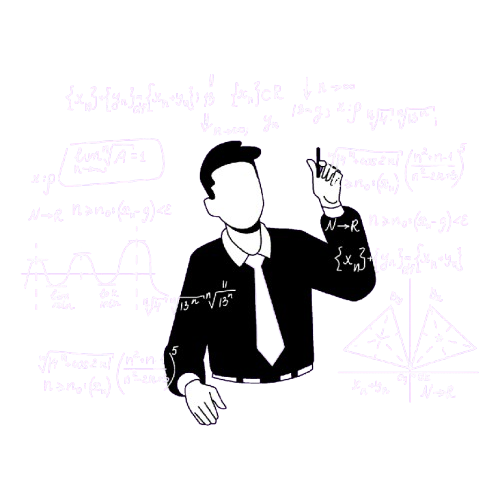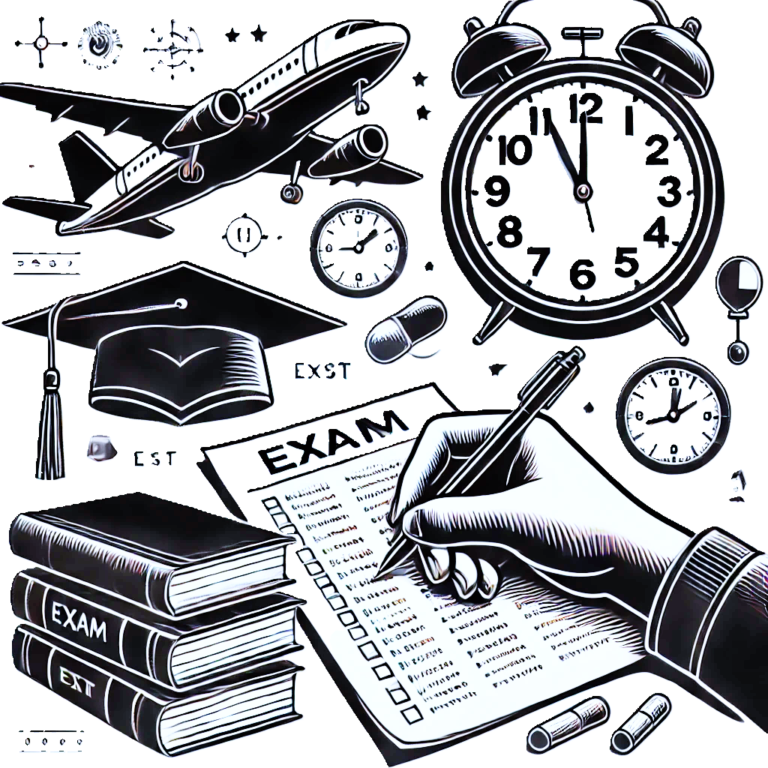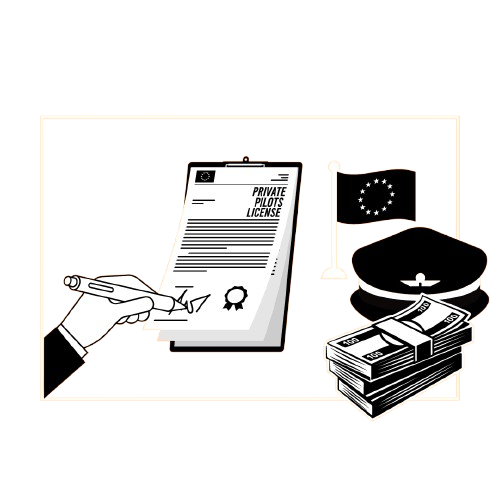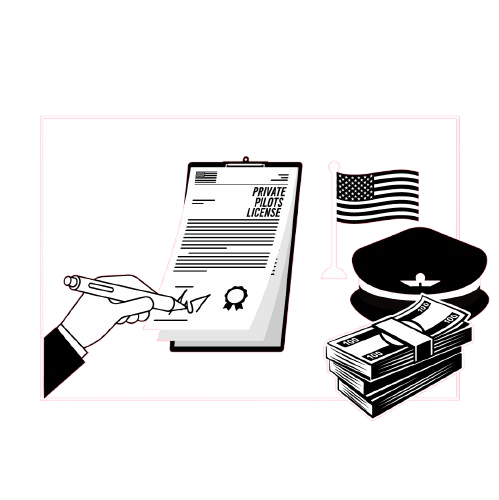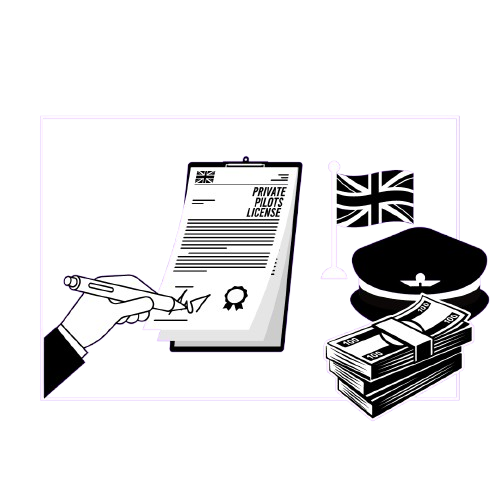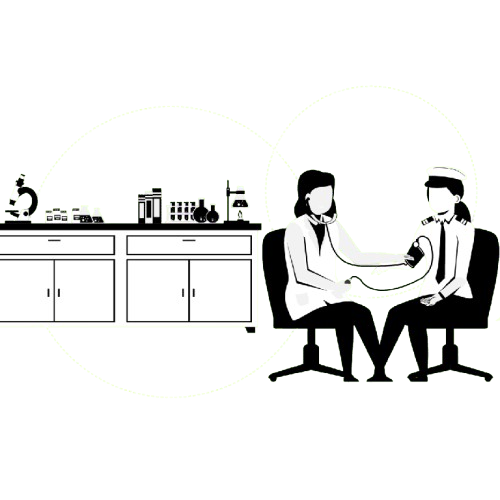Why Do Assessment Days Test Pilot Maths?
This blog post is part of our extensive How To Become A Commercial Pilot guide.
Mental Pilot Math skills are fundamental during your pilot training and career as an airline pilot.
Pilots use mental maths every flight to help with the energy management of the aircraft and to make sure that a descent begins at the correct point, with the correct descent rate, so we arrive on the runway at the correct speed and altitude.
We do this by using three times tables. Let’s look at the following example:
- Altitude: 39,000ft
- Speed: 280kts
- Wind: Tailwind of 40kts
How many miles do we need from starting our descent to arriving at the runway at 0ft and at our target approach ground speed (we’ll say it’s 130kts for this example)?
We do our altitude (without the thousand), multiplied by three = 39 x 3 = 117 miles.
We must add 1 mile for every 10 knots of tailwind and subtract 1 mile for every 10 knots of headwind. In this case, that means we need another 4 miles.
We need to add 1 mile for every 10 knots of speed we lose. From 280kts to 130kts is 150kts, so we need to add 15 miles.
Giving us a total of 136 miles.
This isn’t exact, but it gives us a very good ‘ballpark’ figure of how many miles we need to plan for.
Indeed, experienced pilots rely on these calculations and others, such as converting units, such as nautical miles into statue miles, feet into meters, etc.
This is why it is so vital for flight training organisations to test your mental maths and test you on aptitude tests, group exercises, and an interview process.
Assessment Day – Pilot Maths Tests
Most flight school assessment days will involve completing a maths test.
I pride myself on my mental maths skills.
Even though I studied maths in high school and completed A-level Mathematics, I thoroughly practised my long division and multiplication before my pilot assessment test day.
I would highly recommend that you do the same. It’s essential to practice and sharpen your math skills before heading into the math test.
Not necessarily because these tests are incredibly difficult. Mainly because when you are conducting practice tests from the comfort of your own home, there is not much pressure on you.
However, if you care about becoming a commercial pilot, which I assume you do if you’re going for an airline assessment day, then I can guarantee you will feel some pressure on the day.
Get yourself a piece of paper and practise as often as possible, on the bus, on lunch break, etc.
Pilot Maths Assessments – Example Of What To Expect
The test usually follows a structure of one question per minute. In nearly every case, the questions will be multiple-choice. The questions range in difficulty; for example:
- ‘What is the cube root of…?’
- ‘There are 39 inches in a metre and 31 12 inches in a foot. How many metres in ‘x’ amount of feet?’
- ‘What is 2345 x 18?’
- ‘Divide 345 by 1.3’
You will be given a pen and paper during the day to allow you to write down your calculations, making it far more straightforward than having to perform these calculations in your head without paper.
You will likely have to answer 1 question every minute on average (15 questions in 15 minutes).
Ways To Prepare
As seen in the above examples, most of the questions you’ll face will be long multiplication, division, and conversions.
If you don’t feel overly confident about your maths, then there are many things you can do to ensure you are adequately prepared.
Search online for a ‘long division guide’ or ‘long multiplication guide’ – there are some fantastic free video resources.
You can pick up the simple skills from here and keep practising them.
Once you feel prepared enough, the best way to do some test preparation is to compose a ‘mock exam’ of 15 questions – or better yet, ask a friend or family member to make it for you.
Be sure it contains a mixture of conversions, multiplication, division, and adding and subtracting questions.
Get your stopwatch out and aim to complete all 15 questions in 11 minutes or under.
As we mentioned, you’ll usually have to answer 1 question per minute (15 questions in 15 minutes).
However, these extra four minutes should be a good ‘buffer’ to allow you to compose yourself and deal with those assessment day nerves when completing the test.
So why not further build on this and average each answer to 30 seconds? This challenge will ensure that you have a lot of fat in the system when you do the tests for real!
If this all sounds incredibly intimidating, then please don’t panic. As we have mentioned, most of the time, these maths tests are multiple choice.
Multiple-choice questions mean that if you can work out these questions within a particular ‘ballpark’. you will have a good chance of getting the correct answer.
For example, suppose there are four multiple-choice answers, and two are wildly different from your calculated answer.
In that case, you can immediately dismiss two answers and spend the remaining time refining your answer to find the correct choice.
You don’t necessarily need to calculate the real answer. For example, if I asked the following questions with the following answers:
What is 3654 x 72
- A) 292,111
- B) 263,088
- C) 263,812
- D) 311,112
Straight away, you can look at this answer and dismiss one. Which one? Well, an even multiplied by an even always gives an even, so we can immediately discount A.
Now we can look at the other three answers. We can do some rough maths and calculate that D must be incorrect. If we multiply 4000 x 72, we still don’t get an answer above 300,000. So D is incorrect also.
Now we are left with just B and C. If you have a complete brain fart, you are at least within a 50/50 chance of finding the correct answer.
Get Great At Mental Maths
However, we can skip the above steps by using long multiplication, which I HIGHLY recommend you get good at.
This method will give you an expeditious and efficient way of finding the answer. You can then use the above method to help you refine which answers don’t make sense and help you validate your answer.
You must also learn long division and how to quickly add and subtract large numbers. As mentioned, the internet is full of free resources that will help you study and refine your skills.
I would give you examples of how to perform these calculations, but there are certainly better teachers than myself who have already made in-depth videos and posted them online.
Every day is a school day, so get to work and get studying, even if you feel like you’re already great at maths.

